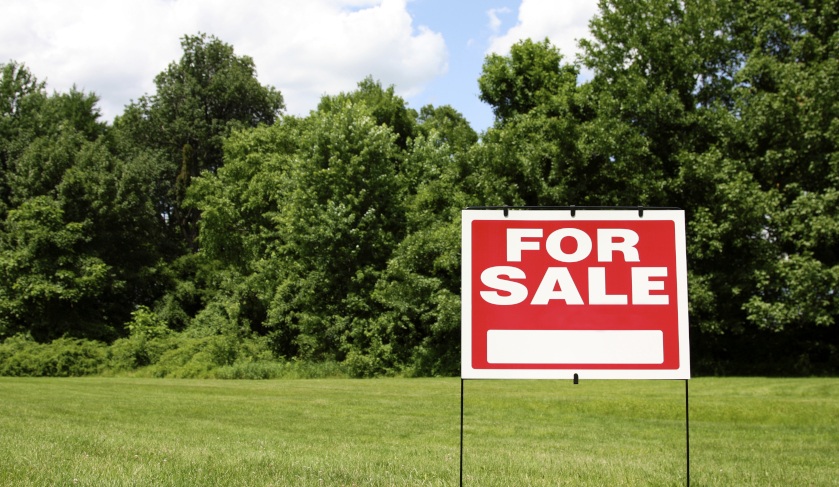Falling land sales highlights need to look into land data
Even if you’re not looking to build to rent, it’s still a very good idea to keep an eye on land sale data, as it can help you pay attention to how the market could turn in the future.

The release of the Housing Industry Association CoreLogic Residential Land Report for the March quarter of this year shows the number of land lot sales declined by 4.5 per cent compared to the last quarter and turnover is down 28.4 per cent compared to the last year.
To continue reading the rest of this article, please log in.
Create free account to get unlimited news articles and more!
While not all investors are actively buying or selling land in relation to building dwellings, as Shane Garrett, senior economist at the HIA explained, it is important for everyone who deals in dwellings to pay attention, as regardless of property type, all dwellings either also have land attached, or a built up from land.
“As the single largest ingredient of every new home, land prices have major implications for affordability,” Mr Garrett said.
“It is important that governments work towards delivering the land we need to house Australia’s growing population over the long term. Home ownership will become even harder to grasp if sufficient volumes of residential land are not delivered year on year in a manner that the market can keep track of.”
The report detailed that regional land turnover was weaker than capital city land, with declines of 5.3 per cent and 4 per cent respectively.
Looking to the capital cities, Sydney is the most expensive land market at $467,500 per lot, followed by Melbourne at $359,000 and then Perth at $275,000, while Hobart is the least expensive at $148,000.
In terms of price growth percentage, Melbourne is the strongest grower with a rise of 141.8 per cent over the quarter, followed by Sydney at 73.1 per cent and then Adelaide at 52.1 per cent.
For regional areas, the Illawarra region in NSW is the most expensive market for median lot prices at $344,000 and is the third-most expensive after Sydney and Melbourne. Conversely, the least most expensive region is also located in NSW, the North Western region of NSW, with a median price of $40,000.
Western Australia’s Kimberly region experienced the largest regional land price growth over the quarter at 22.2 per cent, followed by the Sunshine Coast at 16.9 per cent and Northern Tasmania at 16.7 per cent, while the North Western region in NSW saw the largest decline, dropping 67.3 per cent.

